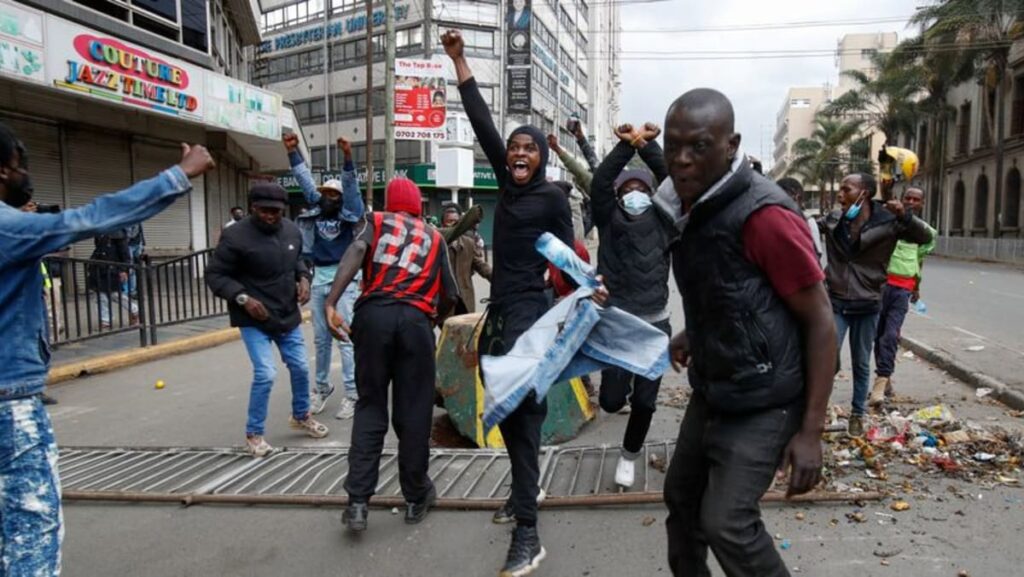Kenya, like others, borrowed heavily in the mid-2000s, when interest rates were low – and China was splashing cash via its Belt and Road initiative to lend to emerging markets worldwide.
Over the past 20 years Kenya amassed some $82 billion of debt to build roads, railways and factories. But not all ambitious projects were completed and many Kenyans felt they had not benefited, while a slew of corruption scandals spurred allegations that elites enriched themselves.
“There is no cut on corruption,” Boniface Mwangi, a prominent social justice activist in Kenya told Reuters. “We have no problem paying debt, but…what did you do with that money that you borrowed?”
Ruto has said he is waging a war on corruption and has called for those responsible for graft to be prosecuted.
Kenya managed to avoid default by issuing more debt earlier this year – but at a punishing interest rate above 10 per cent. After this week’s protest, the country’s bond prices slid again.
To keep crucial IMF cash coming, Ruto must find a way to balance the books.
“Kenya’s government has a budget, and cash is not endless – so they need to prioritize,” said Lutz Roehmeyer at Capitulum Asset Management.
The IMF, which warned Kenya to reverse “fiscal slippage”, did not comment on whether it was asking for too much, but said in a statement that it was “closely monitoring the situation.”
For Ruto – and other leaders struggling to tame debt – the path forward is far less clear after this week.
“The question is whether this is the canary singing the warning to the government, and to the IMF, as to how much fiscal austerity can be packed into one year,” Robertson said.
https://www.channelnewsasia.com/asia/kenya-protests-and-bolivias-failed-coup-show-perils-economic-hardship-4440901


